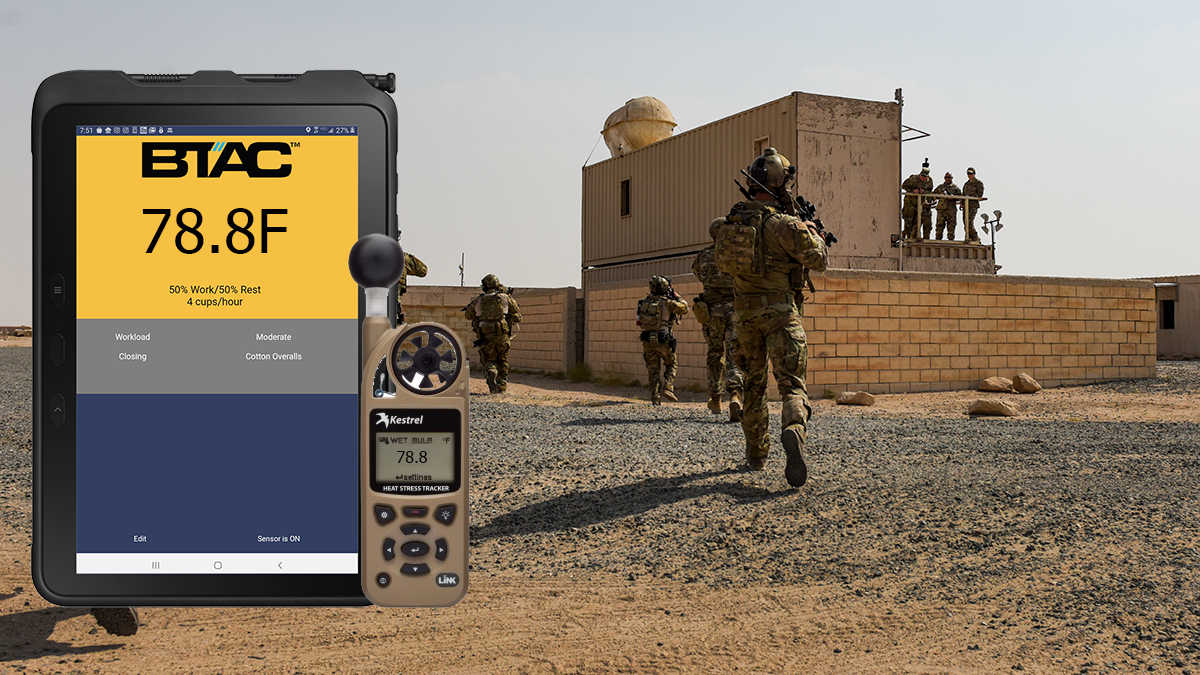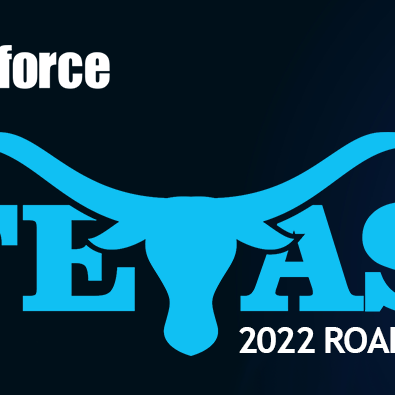
BlueforceWBGT as a tool for the Prevention of Heat Related Injuries
Millions of U.S. workers, including those in the military and public safety, are exposed to heat in their workplaces, but also during training. Although illness from exposure to heat is preventable, every year, thousands become sick from occupational heat exposure, and some cases are fatal. Most outdoor fatalities, 50% to 70%, occur in the first few days of working in warm or hot environments because the body needs to build a tolerance to the heat gradually over time. The process of building tolerance is called heat acclimatization. Lack of acclimatization represents a major risk factor for fatal outcomes.
Any process or job site that is likely to raise the workers deep core temperature (often listed as higher than 100.4 degrees F (38°C)) raises the risk of heat stress. Operations involving high air temperatures, radiant heat sources, high humidity, direct physical contact with hot objects, or strenuous physical activities have a high potential for inducing heat stress in employees. While every field is susceptible to heat-related injuries, according to OSHA more than 40% of heat-related workers deaths occur in the construction industry. More than 2,000 U.S. troops were sickened by heat exhaustion last year, a Defense Health Agency report released last month stated. Some 507 were diagnosed with exertional heatstroke, which is life-threatening.
Heat stroke is a serious illness that occurs when when heat, humidity and exertion overwhelm and crash the body’s thermoregulation system. Heat exhaustion is an illness caused by dehydration and salt loss, and can lead to heat stroke. Under OSHA law, employers are responsible for providing workplaces free of known safety hazards. This includes protecting workers from extreme heat. An employer with workers exposed to high temperatures should establish a complete heat illness prevention program which includes:
- Provide workers with water, rest and shade.
- Allow new or returning workers to gradually increase workloads and take more frequent breaks as they acclimatize, or build a tolerance for working in the heat.
- Plan for emergencies and train workers on prevention.
- Monitor workers for signs of illness.
Although heat hazards are common in most training and work environments, heat-related illness and fatalities are preventable. While the steps to mitigate are simple and don’t require any expensive equipment, the key to a successful safety program lies in identifying when an environment represents a significant risk factor for heat related injury and having the proper oversight in place to ensure that people are taking appropriate steps to follow the mitigation protocols designed to prevent thermal stress.
Blueforce Development Corporation, partnering with Samsung and Nielsen-Kellerman, has created the BlueforceWBGT solution that solves both of these problems, providing instant awareness to heat related risk levels in a work environment, and enabling effective oversight both at the worksite and at training locations. This solution was designed through collaboration with EHS specialists to provide an effective tool for monitoring workers and ensuring adherence to heat safety protocols.
At the core is the Blueforce real-time awareness software platform combined with the rugged Nielsen-Kellerman Kestrel 5400 Heat Stress Tracker Wet Bulb Global Temperature (WBGT) meter and a ruggedized Samsung Android tablet . WBGT provides an accurate environmental measure of the risk of thermal stress taking into account not just temperature but also humidity, wind speed, sun angle, and cloud cover (solar radiation) and provides accurate heat index readings. The Blueforce software stack fused with the Kestrel 5400 enables full awareness of WBGT levels at the training and/or work site and throughout the organization.
Leveraging off the shelf smartphones and tablets and using the OSHA color coding system corresponding to risk levels, the system functions autonomously and enables supervisors both in the field and in centralized EHS monitoring centers with full awareness of heat risk. The information can be displayed at the job site so workers easily see on an appropriately colored screen what conditions they are working under and what the appropriate protocols are. EHS supervisors in central or regional offices can monitor in real-time on a map globally what their workers are facing whether they are inside facilities or out in the field.
A turnkey BlueforceWBGT field kit is now available for purchase in the Blueforce Marketplace. Or, for more information, call us at 866-960-0204 or send an email to info@blueforcedev.com.


